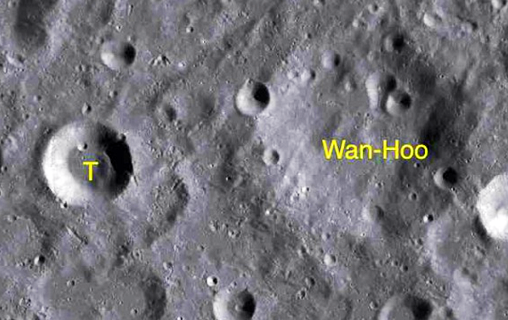Who was the first astronaut? America's Neil Armstrong or China's Wan Ho
Generally, those who tried the first attempts behind all the inventions are considered crazy or crazy, that is, the minds of the people with these ideas think far ahead of the people of their time. are We have been hearing since childhood that Neil Armstrong was the first man to walk on the moon, but for the answer, we have to go back a long way - to a man named Wan Hu from the Ming Dynasty in China. He was the first person in history who tried to go to space ie the moon.
Neil Armstrong's words when he set foot on the moon land were "one small step for man, one giant leap for mankind." This leap began four hundred years ago when Van Hoe Built a rocket and tried to reach the moon.
Wan Hu was a government official during the Ming Dynasty in the 16th century. He was a very brave man who was tired of his life as a government official. Wan Ho's adventurous nature led him to reach for the skies and make a name for himself.
The Chinese worldview of the Ming era was much narrower than today's and believed that the entire land had already been conquered and settled. Desperate, Wan Ho began looking to the stars at night, wanting a new land to rule. During the day he would perform his official duties and at night he would make plans to reach heaven. Until an untouchable thought came to him, Wan thought of a place that no king or emperor had ever conquered. “The Moon”. With a new goal of getting to the moon, the dilemma was how to get there. In the 16th century there was no safe and successful way to make this journey.
Despite the lack of technological innovation, Van Ho devised the best method of transportation:
A chair with a bunch of gunpowder on the back that could take him to the moon. It may sound ridiculous, but rocket technology is an advanced form of the same idea. During the 16th century, the Ming Dynasty was the world leader in gunpowder technology. The Ming inherited much of the gunpowder and explosives technology of the Yuan and Song dynasties, and through the trading post, they sought out the fundamentals to further this cause from Portugal.
Using the most advanced gunpowder technology of the time, Van Ho collected as many explosives as possible. It was easy, because he was a high-ranking government official in his area. Experienced in launching metal balls filled with explosives into the air, Van Ho was convinced that the same technology could take him into space. He designed a spacecraft that he believed would work. A metal chair with two kites for directions and forty-seven explosives attached to its back. Considering that there was no aviation technology at that time, the design was quite reasonable and modern.
When the design and construction of the "spaceship" was complete, Van Ho ordered his servant to set fire to the explosives. When the servant ignites the explosives, a large explosion is heard and Van Ho becomes the first human to die in a space flight accident. The explosion was so powerful that Wan Ho and his chair seemed to disappear into space, leading his servants to believe that Wan Ho had indeed disappeared into the moon.
Although Van Ho died tragically, his dream was realized nearly 400 years later by the likes of Yuri Gagarin and Neil Armstrong. In 1970, NASA honored Van Ho's dreams by naming one of the lunar craters after him, partially fulfilling his wish to live on the moon. His death was tragic but his name is still remembered through legendary stories of the man who made the first attempt to go to the moon and gave the world a new idea.









0 Comments